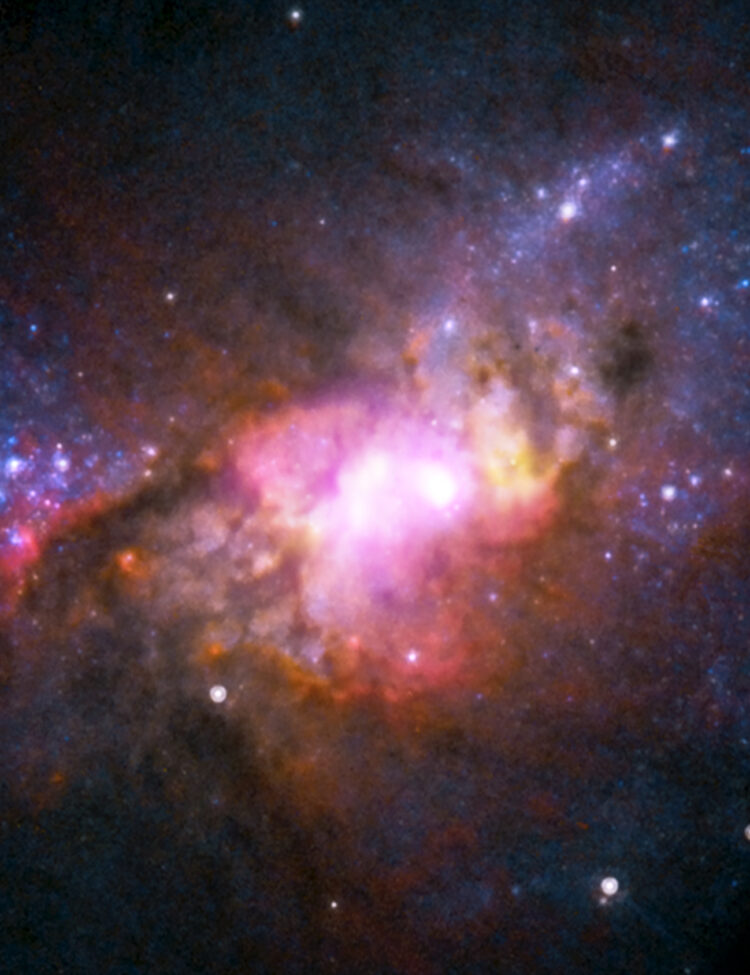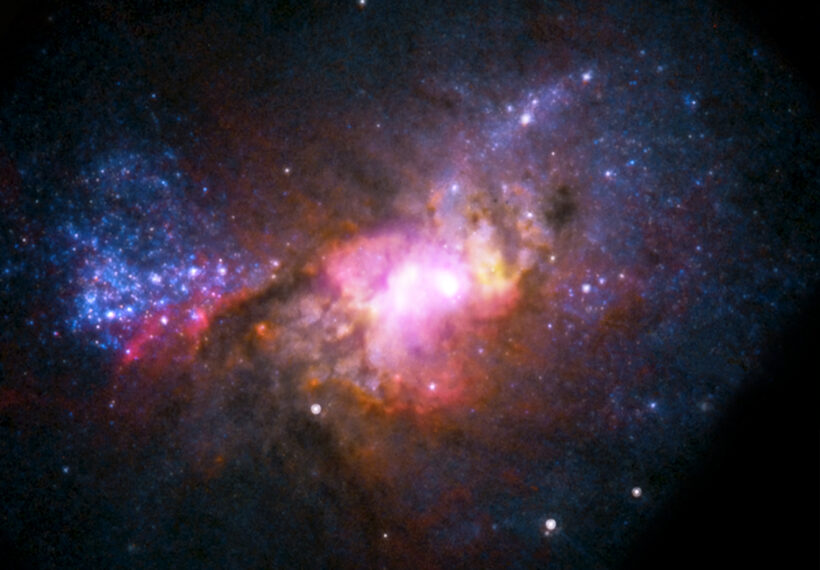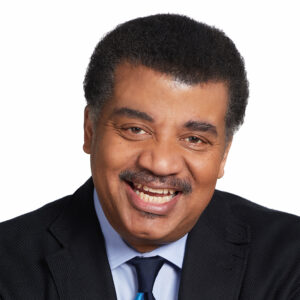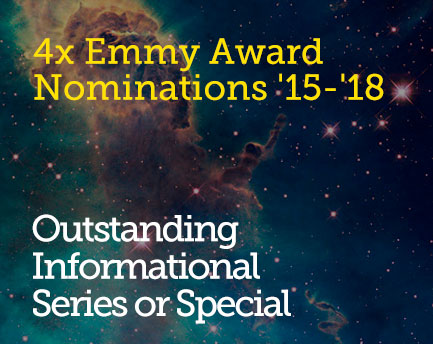About This Episode
Is gravity fundamental to the universe? Neil deGrasse Tyson and Chuck Nice explore quantum physics, the fourth dimension, whether H2O is water, and the many-worlds interpretation with theoretical cosmologist Janna Levin, PhD.
Is space infinitely elastic? If spacetime is a particle at the smallest scales, is there space between spacetime? We get philosophical: is H2O water? We explore the quantization of space, Planck lengths, and whether gravity is an emergent feature of quantum physics. Is gravity a fundamental feature of the universe?
What would you see in the earliest parts of the Big Bang? We explore how you could rewrite relativity as particle field theory and the geometry and topology of the universe. Learn about the time Einstein let his driver give a talk for him and how the 1919 eclipse changed physics forever.
We break down the fourth dimension, compactifying space, and Lorentz boosts. Do physics and math view spacetime differently? Neil and Janna discuss the many-worlds interpretation and whether it’s trying to make classical sense of something non-classical. Plus, we explore how quantum teleportation would work. Is the universe in a superposition? Are black holes fundamental particles?
Thanks to our Patrons Mikal Krane, Tramond Spencer, John R, Laura Morrison, Javier Mejia, Emilio Campín Ramírez de Arellano, Jeff Gauthier, Tom Jones, and Jaired H for supporting us this week.
NOTE: StarTalk+ Patrons can listen to this entire episode commercial-free.




 Unlock with Patreon
Unlock with Patreon


 Become a Patron
Become a Patron

